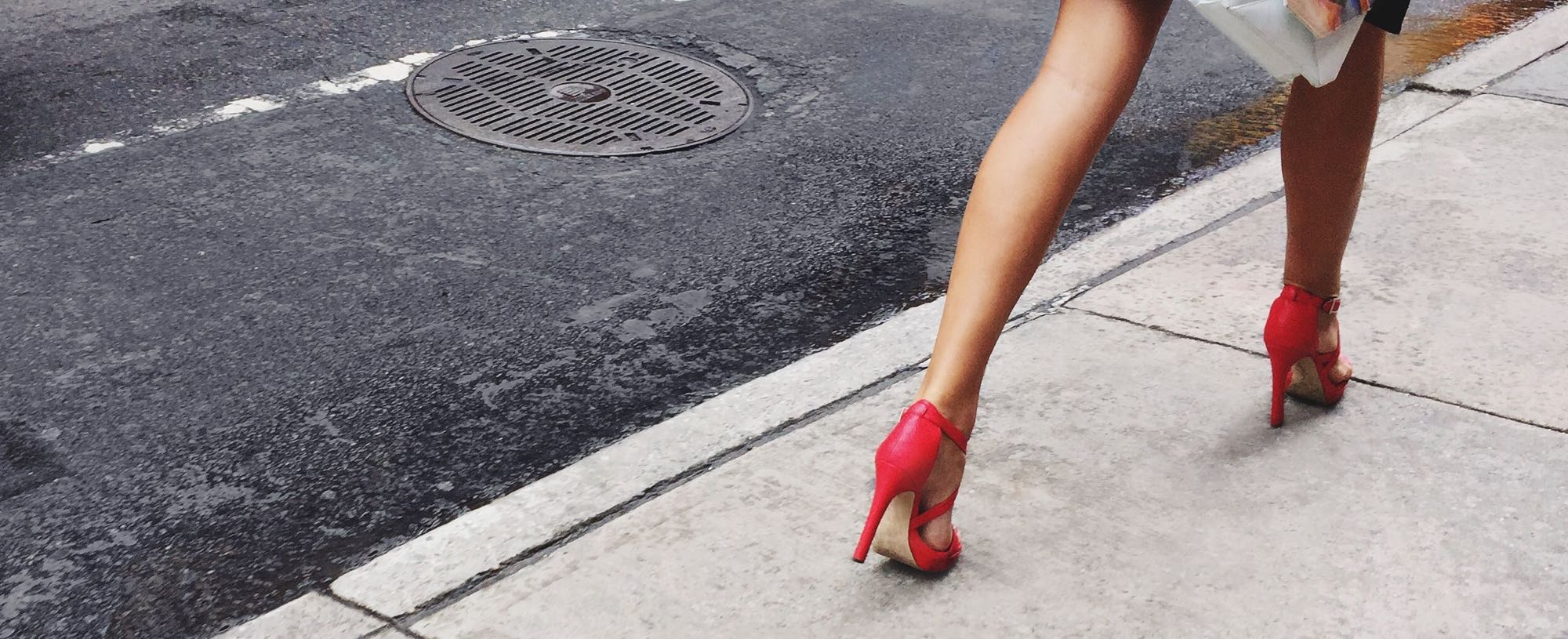When arthritis affects the bones of the hindfoot (the talus, navicular, calcaneus, and cuboid bones), patients may require a surgical procedure that removes the arthritic joint surfaces and fuses the hindfoot bones together. By fusing these bones and creating one solid bone mass, stability can be improved, deformity can be corrected, and pain relief can be realized.
A triple arthrodesis (fusion of the hindfoot bones) may be a reasonable consideration in a number of instances, including severe dysfunction of the tendons, inflammatory arthritis, arthritis resulting from prior fractures of the hindfoot, and other conditions. Hindfoot arthritis sometimes needs to be addressed together with ankle arthritis; however, this is not always the case and the ankle joint should be carefully assessed in a patient-specific manner.
The bones of the hindfoot work together to provide the side-to-side motion of the foot. After this procedure, there is limitation of side-to-side motion, but up-and-down motion of the ankle and foot is preserved. Walking on flat, even surfaces usually can be performed without difficulty; however, walking on uneven surfaces, such as rocky trails or a beach, may be difficult.
Triple arthrodesis is generally performed by making incisions on the inside and outside of the ankle and foot, preparing the joint surfaces for fusion and placement of screws, plates, staples, or other orthopaedic devices to stabilize the bones while they are healing.
After surgery, patients are casted for approximately six weeks, after which they can weight bear in a CAM boot walker for six weeks. Thereafter, patients can usually return to wearing a regular shoe. Aggressive physical therapy is needed to strengthen the foot and ankle.






